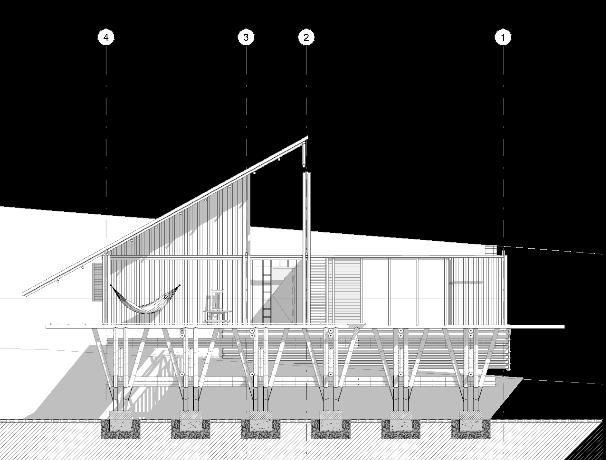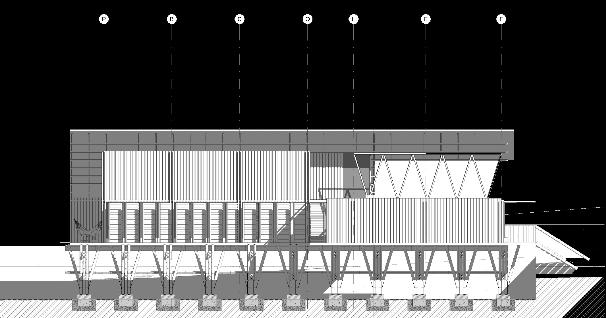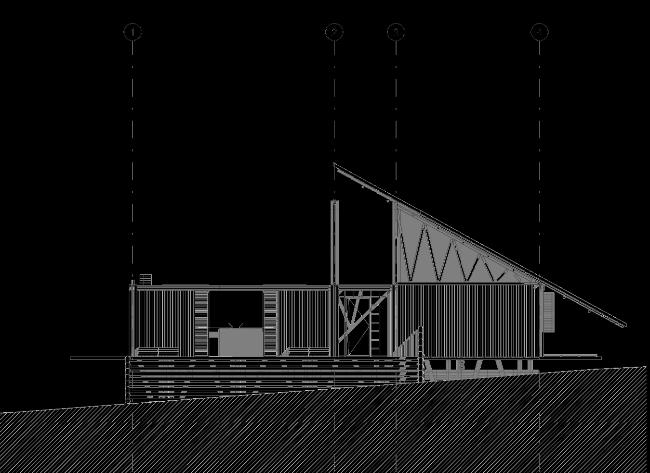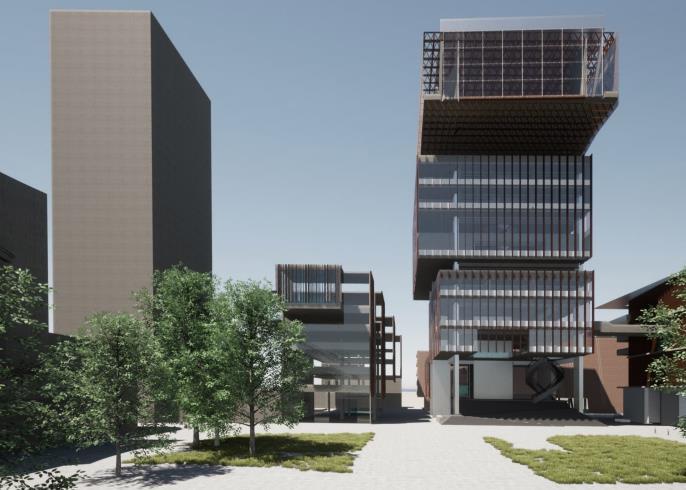
2 minute read
HERITAGE CENTRE OF MEDELLIN
Directed by:
Arch. Javier Castaneda; Arch. Mag. Javier Soto; Arch. Manuel A. Ortega F. Universidad Nacional de Colombia, 2020.
Advertisement
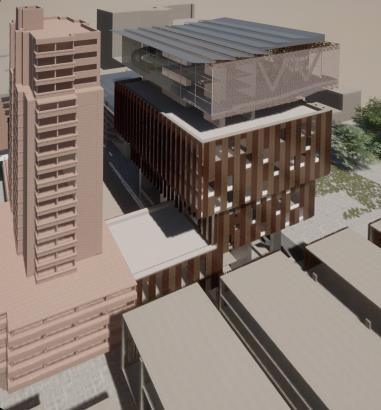
The project takes centralities and existing deterioration in the centre of Medellín. With this, it proposes generating new milestones that respond to the practical and densifying needs of the site. Real and contemporary initiatives that are currently carried out of a cultural nature are promoted. It consists of a building that reflects the dimension of the void that it adopts, the Parque Bolívar. With a special emphasis on heritage, the wealth of cultural spaces in the city is rescued and they are invited to be part of the project.
• Revitalize the center with leisure and cultural programs, to generate greater belonging.
• Connect with other spaces that share the same vocation.
• The building has six premises:

• High-rise building.

• Flexible spaces (not modular).
• Promenade in the vertical circulation.
• Alternative structure, specific to each level.
• Façade that responds to bioclimatic.
• 24-hour life-giving programmes.
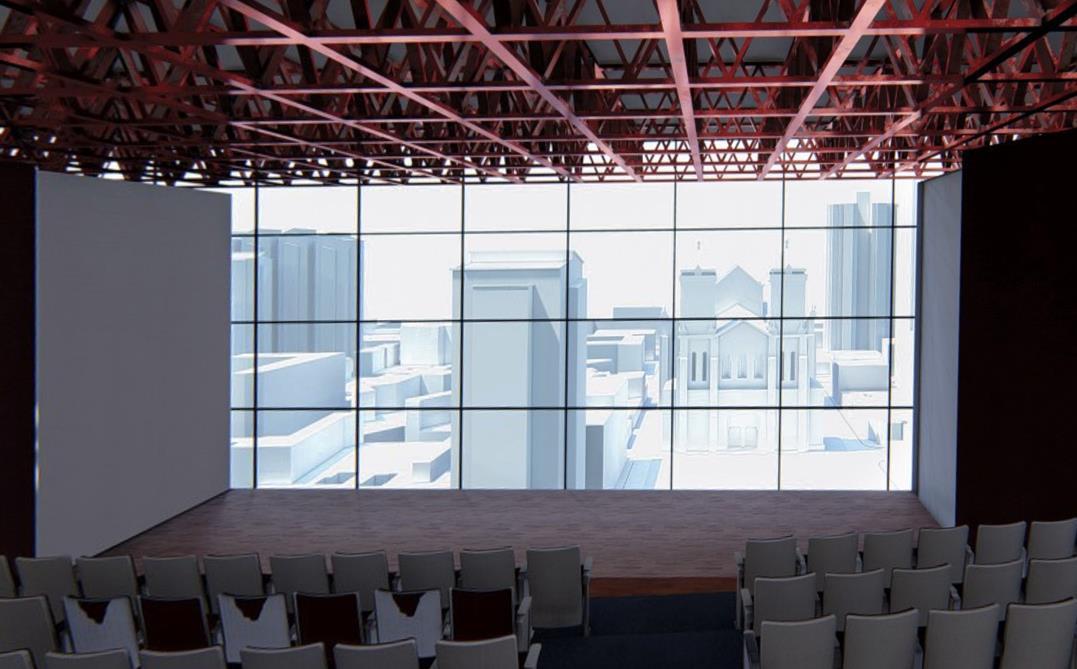






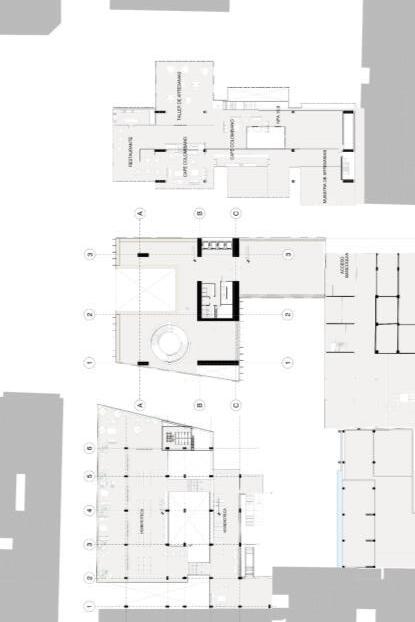








Directed by: Arch. Carlos Mario Perez Nanclares Facultad de Arquitecture. Universidad Nacional de Colombia, 2023
Abstract
Few decades ago, computation-based methods have emerged in architecture field, adopting different aims based on the problems demanded by the place where they might be applied. This paper initially discusses the terminological conception of parametric and generative design and its current applications in architecture and construction disciplines which will be thoroughly observed from two geographic perspectives: Czech Republic and Colombia; thus, it will show in depth a series of variables that require to be addressed in the second country mentioned, particularly in the countryside area. By illustrating the current responses of the inhabitants of the zone, bamboo as a traditional and cultural material appeals to this sustainable and cultural request for architectural field. Finally, a set of design criteria will be produced to be developed in a software that will create and process an optimisation workflow and explore the bamboo geometric as a potential technology, the method is deepened through scripting algorithms oriented to real and current social and housing challenges in Colombia.
About the place
Tarapacá is part of one of the headwaters of the departmental corregimiento (non-municipalised areas) They represent the area of consolidation of the urban population with a predominantly indigenous population. They offer minimal social, economic and administrative services for the indigenous and colon-campesino population that inhabits them. It is located at 100 m above sea level. During the year, the temperature generally varies from 22 °C to 29 °C and a relative humidity of 84%. Leticia and Puerto Nariño, to the west with Puerto Arica and Peru and to the east with Brazil. The town can be reached by air from Leticia or upriver from Brazil.
Methodology
• Collecting and analysing information of computational design and its impact in countries such a Colombia and Czech Republic
• Effects on sustainability as a global challenge for architects and constructors.
• Selection of material which has been developed as a potential solution in terms of climate consequences.
• Exposing Colombian number of dwelling issues on both general and specific scale.
• Lining parameters of a proposed family house, as an architectural project in response to the previous tasks.
• Drawing scripts in Rhino software based on the outcomes. Creation of a designing optimisation applied to the architecture project.
Discussion and conclusion
In this paper we described an optimisation designing process, where it is demonstrated how an architectural element can be evaluated and arranged made of sustainable materials and considering as a potential solution for the housing process carried out in places where accessibility, cost, and transportation means are unreachable for local inhabitants. Architects, and especially Colombians, should be aware of the benefits of contemporary tools, not only because of the already known advantages of BIM or parametric systems, but above all, due to in the cultural, social, and economic context with the challenges that the country presents from the professional and human sphere, it is demanding a comprehensive view.




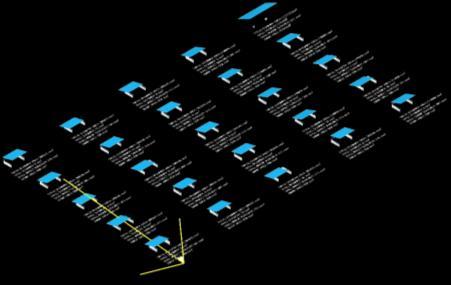
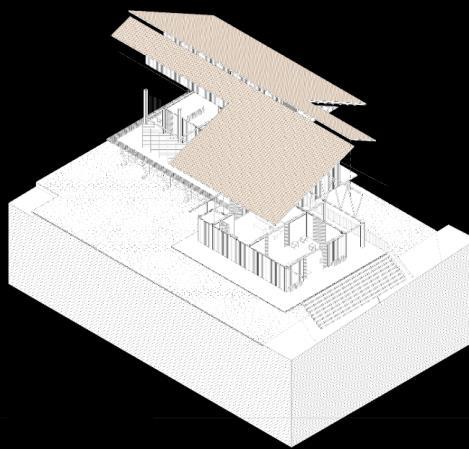
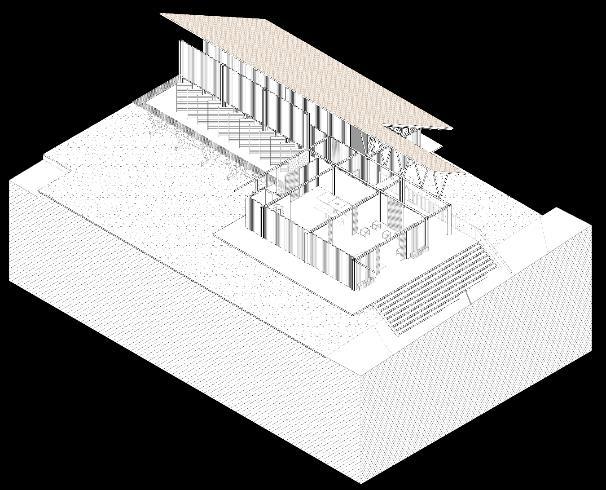

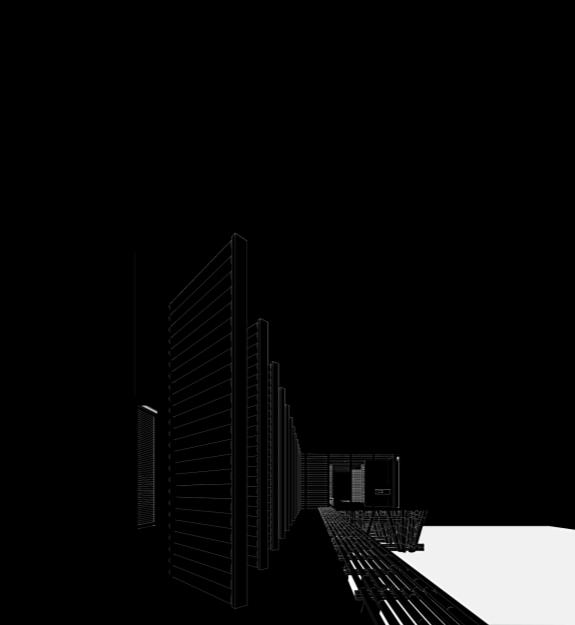
Longitudinal section



